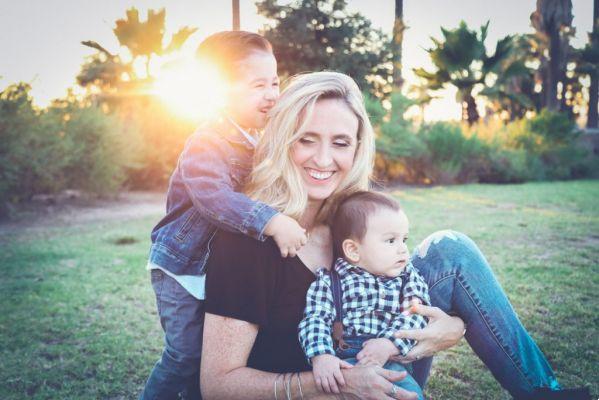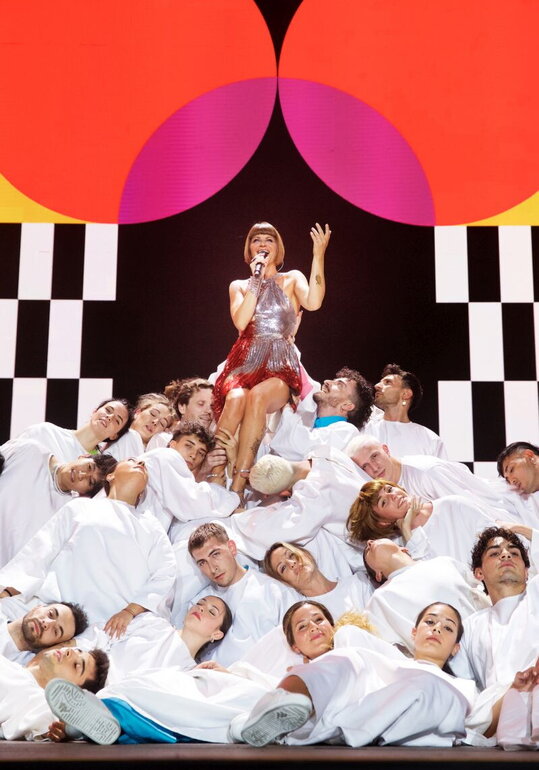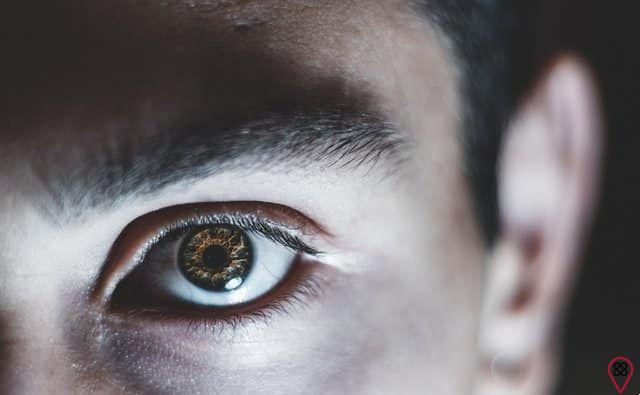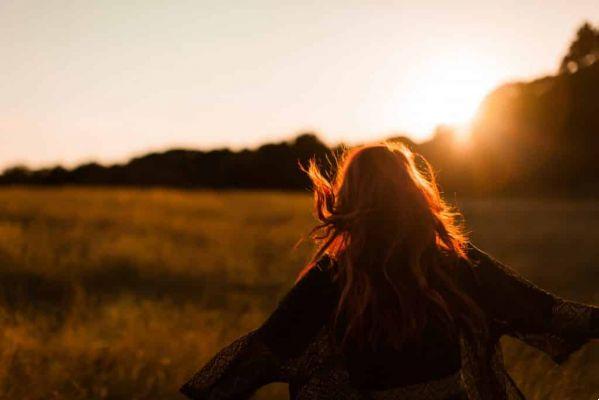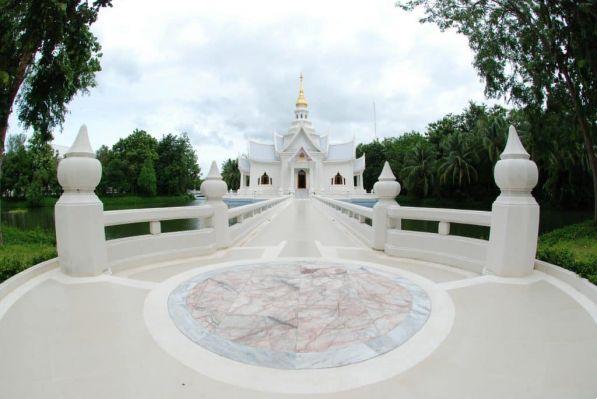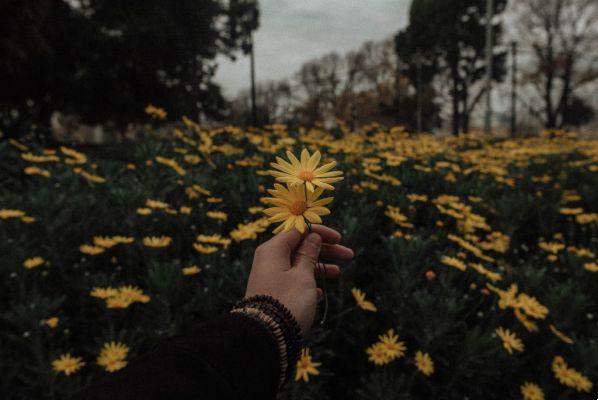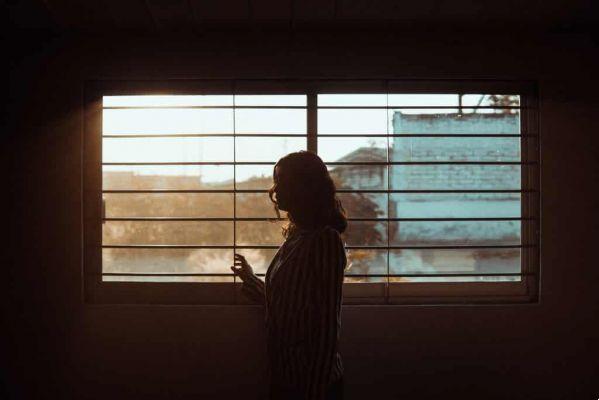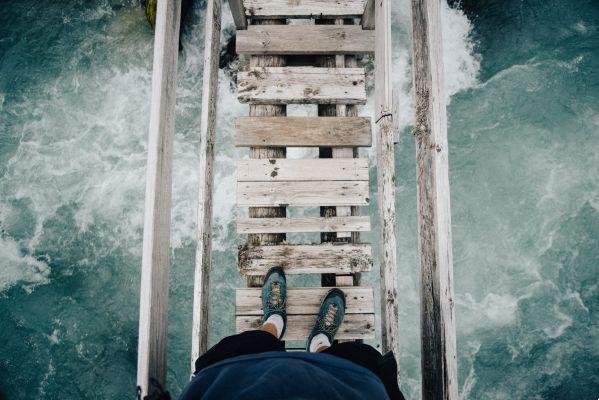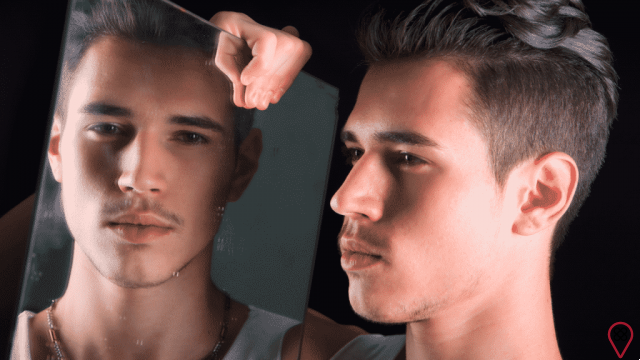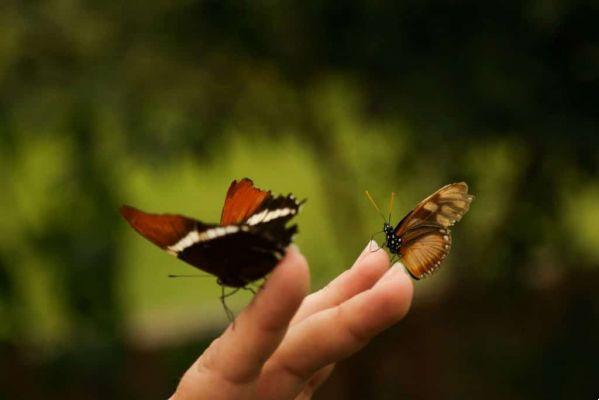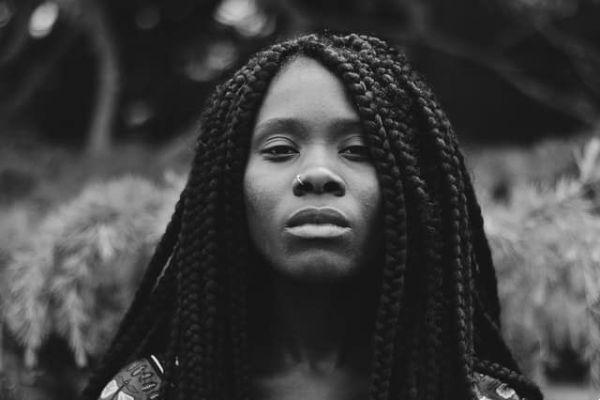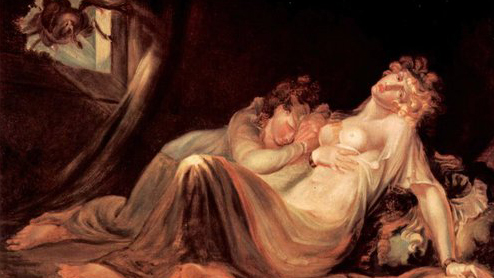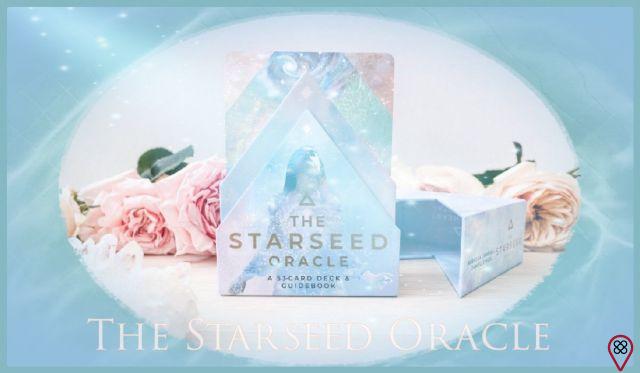When we entered Torii, in the Time of Meiji (described in Part II in the previous article), the group of 40 people spread out around the place. The fact is that, due to the limited amount of mini-japamalas available for sale there, I realized that it would be impossible to get enough for everyone I would like to give as a gift. It was then that I decided to develop this product to have available. (The part that talks about the news can be removed)
And the journey continues. On another day we visited the Meiji Jingu Shinto Temple of Emperor Meiji. There was a huge amount of buses in the parking lot, which surprised everyone. From the parking lot to the actual arrival at the Temple, we took a walk through a leafy forest, with immense trees, which in itself was very special. I could stay there for a whole day, enjoying the splendor and the good energy that came from there.
You may also like
- What I experienced and would like to share Part I
- What I experienced and would like to share Part II
- Reiki is able to transform! Understand!
Upon arriving at the Temple, right at the entrance, we did the Chozuya ritual, and then we all gathered in front of the Torii, a kind of entrance portal, where one of our official photographs was taken. On that day, for our happiness, a Shinto celebration was taking place, in which everyone wore white kimonos, black pants, black conical hats, black wooden clogs and carried a piece of wood in their hands. We were allowed, and possible, to attend only part of the celebration. At the end of it, we followed the departure of all those people, walking peacefully, calmly and very orderly. We were able once again to witness the Japanese rectitude towards their customs, habits and values. This conduct is entirely in keeping with the energy of an Emperor. Really admirable.
Meiji, Emperor number 122, was indeed an important Emperor for Japan. It was he who designed the flag of Japan. It was with him that the country went through a political, social and industrial revolution (the Meiji Restoration) that, during his reign, became known as the Meiji Era, Enlightened Government, leaving the feudal era, the shogunate, and leading the country to become a great world power. Due to all this empowerment, November 3, the Emperor's birthday, is a national holiday in Japan. As if that weren't enough, it was in the Meijji Era that the discovery of Reiki took place.
We had the opportunity to visit one of these fiefs, The Castle of Nijo, where a Shogun (military dictator) lived who was protected by the samurai. The main house has a system in the floors that emits the noise of birds as they walk through it. This system was intended to signal itself when the palace was invaded by ninjas during the night. We can't photograph this palace, but I remember it as if I had, because just imagining the ninjas walking and those samurai sitting there I was fascinated!
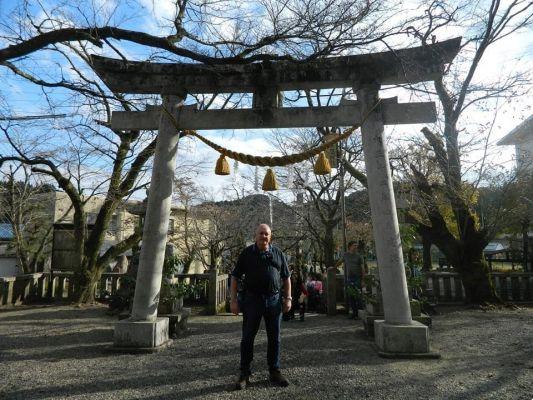
Emperor Meiji was a man with great wisdom and strength to protect and structure his country. He was also a poem writer, having produced over 10 poems, all of 31 syllables each. Of these 10 poems, Mikao Usui Sensei in 1922 chose 125 and included them in his Reiki manual. In 1998, Sensei Johnny De' Carli translated these 125 poems and published them in a small pocket book, as a way of helping and polishing the virtues of reikians. Later, my father, Johnny De' Carli, dedicated 4 years in a mediumistic work with Emperor Meiji and wrote the book "Reiki as Philosophy of Life", considered the first psychographed book on Reiki, in which individual interpretations are deciphered and revealed. for each of the 125 poems. I was fortunate enough to follow him closely during these 4 years of work, as we lived in very close cities and that was when I received my master's initiation with him, at 22 years of age. At that time, he had a very different behavior, he was more introspective than usual. It was also exactly in this Temple of Meiji Jingú that, in one of the trips to Japan, Sensei Johnny De'Carli revealed to have received a good part of the mediumistic information about what he would have to do.
Still on that occasion, when we passed the Torii and entered the Meiji temple, the group of 40 people was distributed around the place. At that moment I was taking some photos and videos to be shared later on my social networks, when Emiko, the group's translator, called me to join her. She was with Sensei Noriko Ogawa and Sensei Fuminori Aoki. They then told that, in front of the place of Shinto rituals of the Meiji Jingú Temple, there was a box containing the Emperor's poems, and that there were two colors of paper, written in Japanese and in English. Fuminori Aoki Sensei then indicated that I go get a message. So I did and gave it to our translator to reveal to me what was written there. To my surprise, the message spoke about the power of words, which automatically brought me back to the work I do with Ho'oponopono, a technique that is practiced using words. I was extremely grateful for that moment.
The next day, on November 3rd, precisely on the national holiday due to the celebrations of Emperor Meiji's birthday, we took two trains, including a bullet train to go to Nagoya, and later still a bus to reach a small province called Gifu, where Mikao Usui, the discoverer of Reiki, was born and raised. There, even today, many descendants of the Usui family live, but none of them, unfortunately, followed Reiki. In turn, the house where Mikao Usui was born and raised no longer belongs to his family and has been transformed into a simple woodworking shop. We took advantage of these stories to record everything in many photographs. In relation to that day, my father, after the trip and during a visit I made to España, recalled it all with great humor and said “I saw all those local residents asking themselves: what is this group so big saw in that place that make them take so many pictures?” We were all flabbergasted, it was a historic moment for us for sure.
We followed shortly after to Amataka Temple, also in Gifu province, where Sensei Mikao Usui attended for 3 years before receiving Reiki. It is known that the Torii of this temple was financed by Sensei Mikao Usui and his brothers, as this information is carved into the Torii itself.
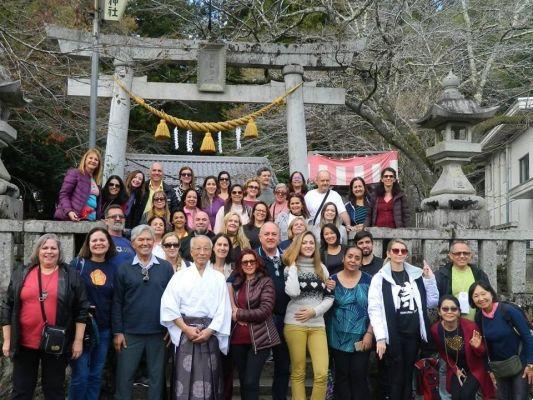
To finish the day, still in Gifu, taking advantage of the holiday on November 3, we went to appreciate one of the main statues of Emperor Meiji, erected in Japan on July 30, 1972, the day he completed 60 years of his death, the in order to honor him. Carved into the statue we find Japanese ideograms meaning "Divine Emperor Meiji".




